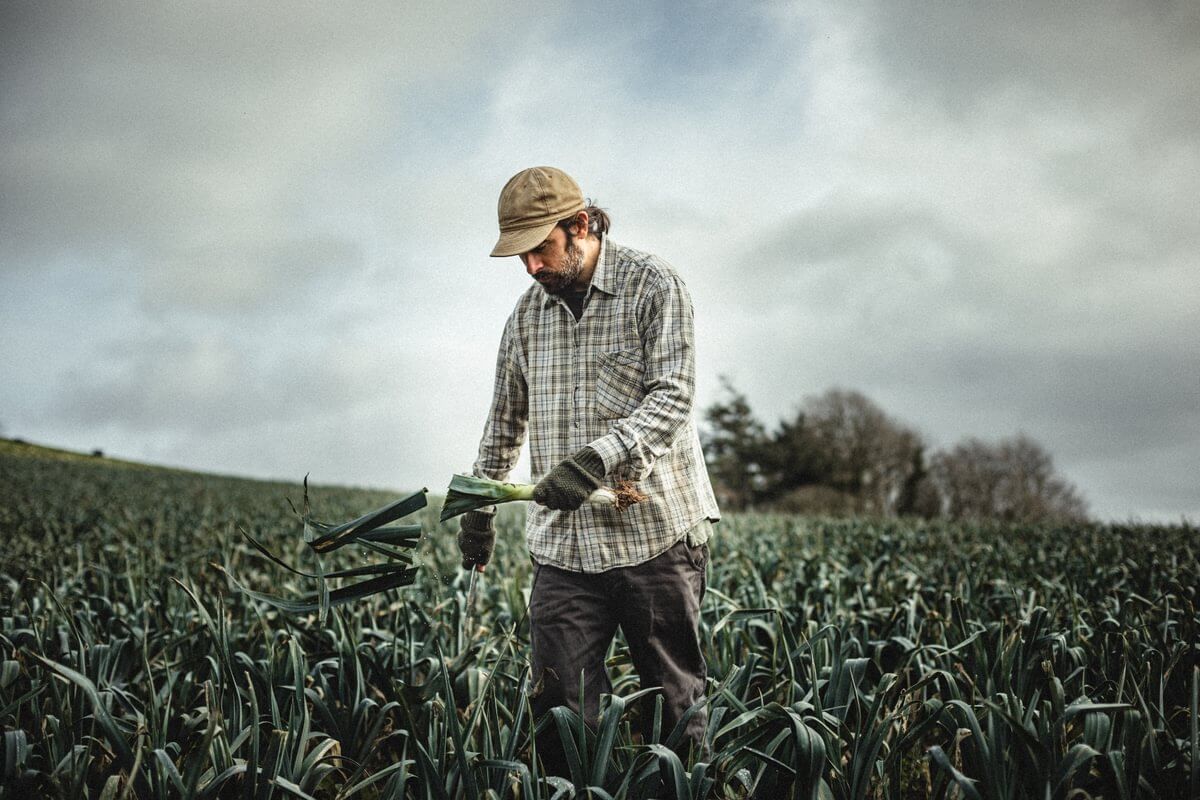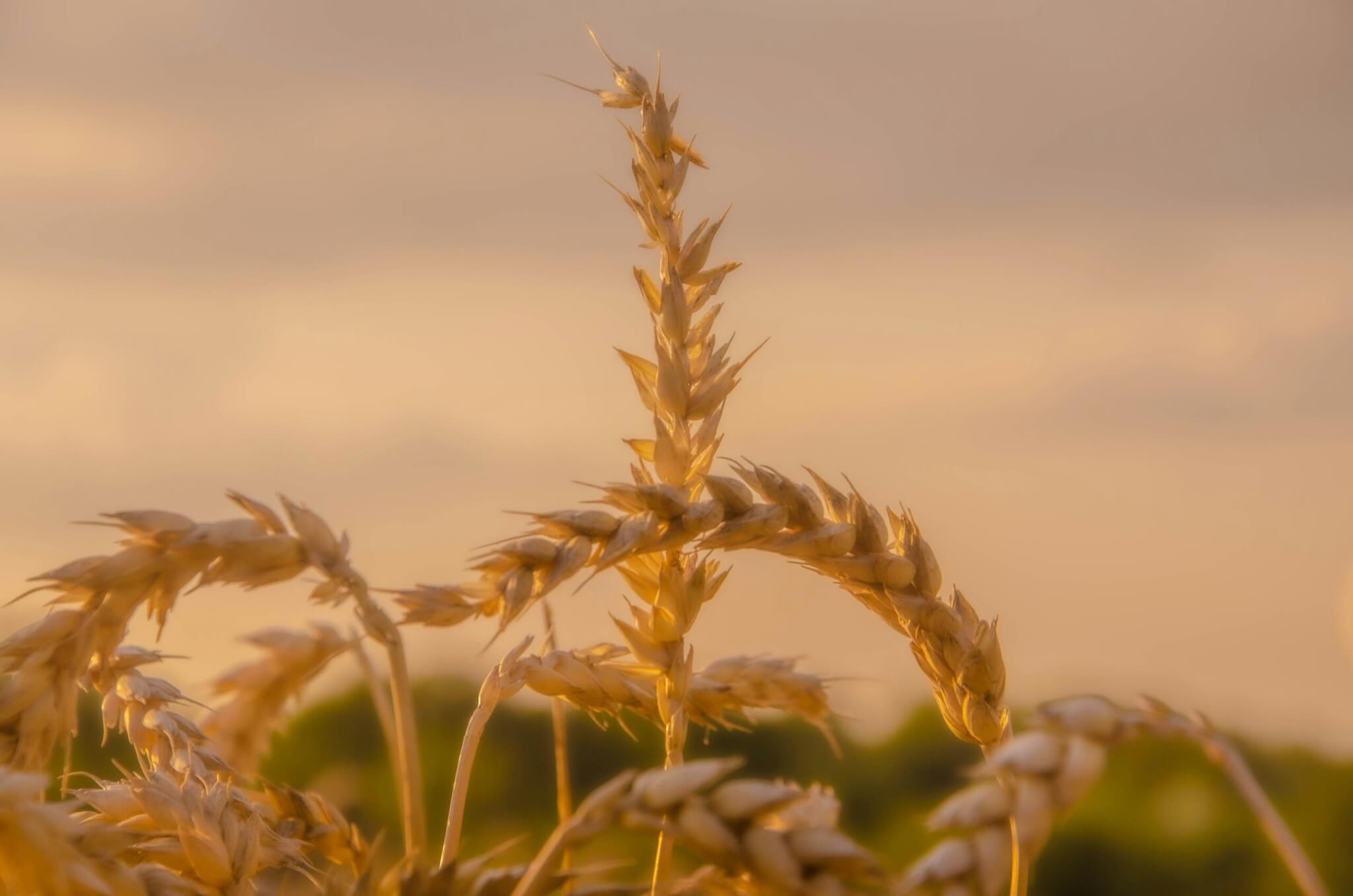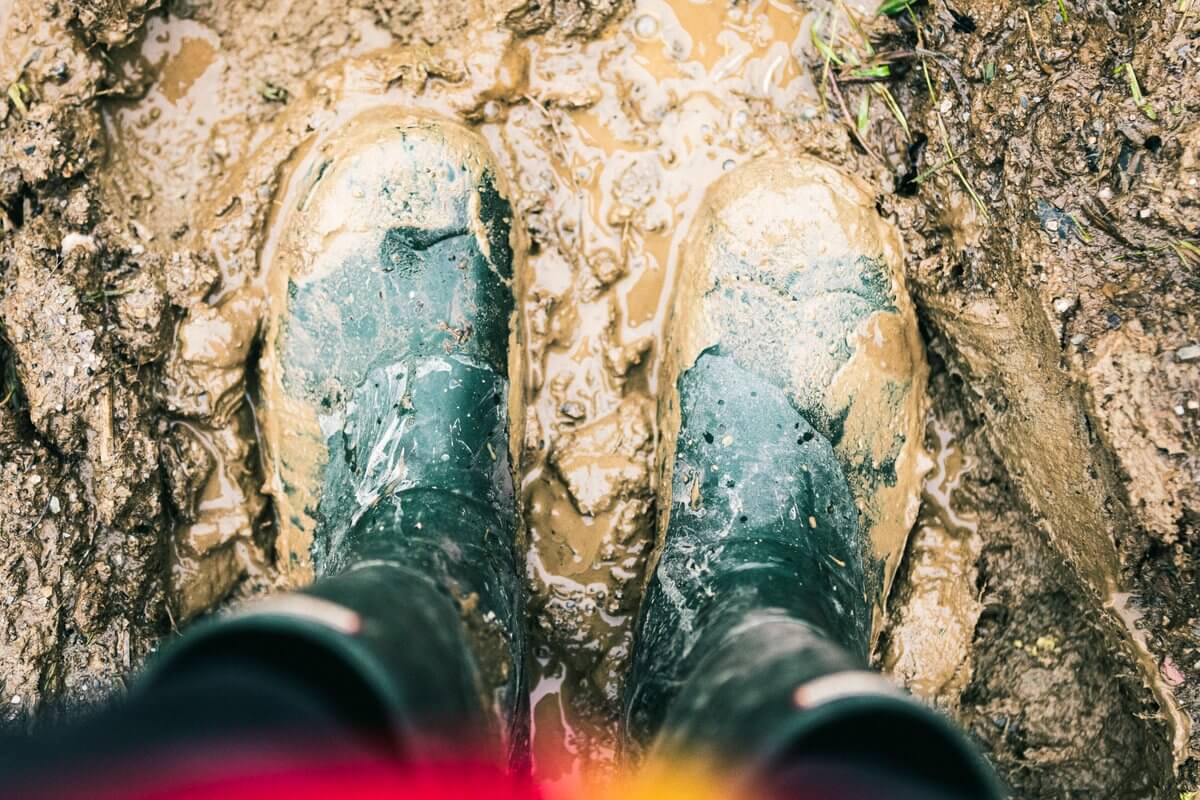Last week ex-hurricane Ophelia ripped the plastic from two of our older polytunnels, trashed the last of our delicate outdoor salads and dropped some unwelcome rain, but we are not complaining; 2017 has been a kind year for growers so far. A warm, if dull, ‘back end’ allowed summer crops to catch up and finish well, and a damp mid and late summer helped to establish the leeks, cabbage, kale and cauliflower that will be our staples for the next six months. But it’s a long way to spring; if anything, we would like temperatures to drop and to slow crops which are now getting a little ahead of themselves.
There have been some brief dry periods; enough to allow an (albeit difficult) grain harvest, but not enough for harvesting roots, especially on heavier land. We still have 30 acres of potatoes and almost all our carrots in the ground. Most non-organic root crops are grown on light sandy soils which drain quickly after rain so are easier to work, usually in the east of England where rainfall is about half that in the west. By contrast, organic, especially smaller scale production, tends to be concentrated in the wetter west and on heavier clay soils. The west bit is partly a hangover from bearded hippy wannabe organic farmers heading for the hills in the ‘60s and ‘70s, and partly because there is more muck out west, where the cows live. Meanwhile, the prevalence of clay soils on organic farms is partly because it hangs on to fertility well, and because those hippies rejecting urban commercialism didn’t know better. In contrast, the sandy soils loved by chemical-wedded commercial growers rapidly lose soluble nutrients in heavy rain. That’s OK if you can tip some more out of a bag of artificial fertiliser (though river life may disagree); more problematic if you have to wait for the soil fungi and bacteria to replace it at a natural rate.
But this is not a moan; I love the west, the wet and our soil and I’m grateful for the muck. I am also convinced that a balanced soil with enough clay or silt grows better-tasting veg than any sand, though this doesn’t concern most growers. Our ‘roots team’ attended a carrot variety trial last week; among hundreds of farmers, they alone tasted the carrots as part of their assessment. They said they felt like freaks from the west.
Guy Singh-Watson














0 Comments